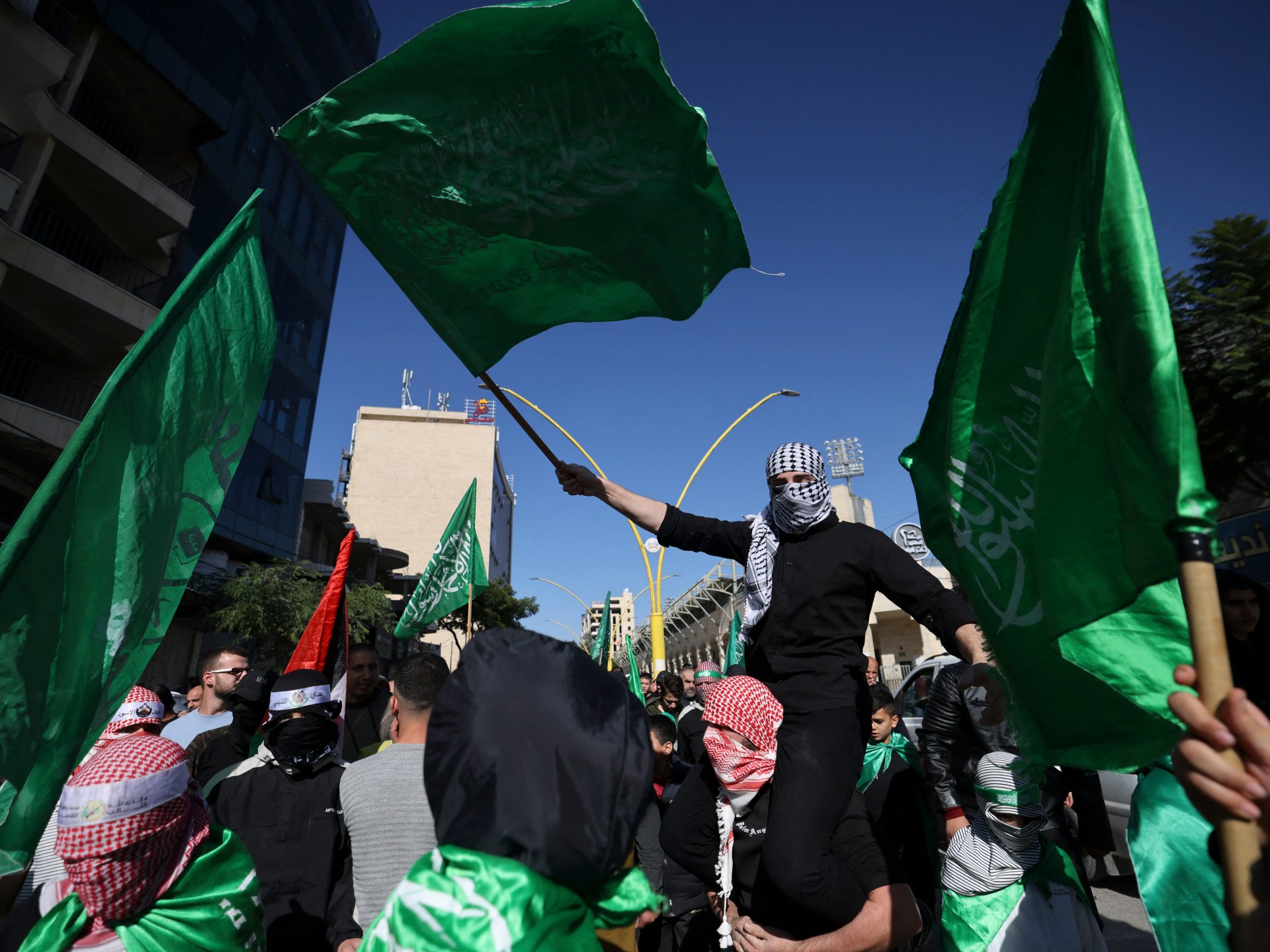On the steep slope of a glacier jutting through the Hunza Valley in Pakistan’s mountainous far north, Tariq Jamil measures the ice’s movement and snaps photos. Later, he creates a report that includes data from sensors and another camera installed near the Shisper glacier to update his village an hour’s hike downstream.
The 51-year-old’s mission: mobilise his community of 200 families in Hassanabad, in the Karakoram mountains, to fight for a future for their village and way of life, increasingly under threat from unstable lakes formed by melting glacier ice.
When glacial lakes overfill or their banks become unsound, they burst, sparking deadly floods that wash out bridges and buildings and wipe out fertile land throughout the Hindu Kush, Karakoram, and Himalayan mountain ranges that intersect in northern Pakistan.
Himalayan glaciers are on track to lose up to 75 percent of their ice by the century’s end due to global warming, according to the International Centre for Integrated Mountain Development (ICIMOD).
After all the sensors are installed, village representatives will be able to monitor data through their mobile phones. “Local wisdom is very important,” Jamil said. “We are the main observers. We have witnessed many things.”
Hassanabad is part of the United Nations-backed Glacial Lake Outburst Flood (GLOF) II project to help communities downstream of melting glaciers adapt.
Amid a shortfall in funding for those most vulnerable to the impacts of climate change, village residents say they urgently need increased support to adapt to threats of glacial lake floods.
“The needs are enormous,” said Karma Lodey Rapten, regional technical specialist for climate change adaptation at the United Nations Development Programme (UNDP).
Pakistan is the only country to receive adaptation funding from the Green Climate Fund – the Paris Agreement’s key financing pot – to ease the risk of such floods.
While countries like Bhutan have worked with other funders to minimise the threat from glacial lake floods, the $36.96m GLOF II scheme – which ends this year – is a global benchmark for other regions grappling with this threat, including the Peruvian Andes and China.
Since 2017, weather stations as well as sensors measuring rainfall, water discharge, and river and lake water levels have been installed under the administration of Islamabad and UNDP. GLOF II has deployed speakers in villages to communicate warnings, and infrastructure like stone-and-wire barriers that slow floodwater.
In Hassanabad, a villager regularly monitors the feed from a camera installed high up the valley, checking water levels in the river by the glacier’s base, during risky periods such as summer, when a lake dammed by ice from the Shisper glacier often forms.
Pakistan is among the world’s most at-risk countries from glacial lake floods, with 800,000 people living within 15km (9.3 miles) of a glacier. Many residents of the Karakorams built their homes on lush land along rivers running off glaciers.

